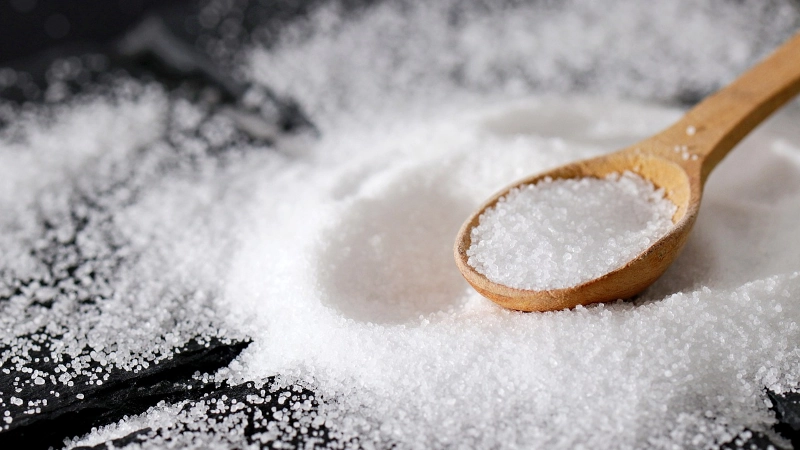Experts are recommending future strategies for reducing sodium content in foods, increasing potassium intake, and bolstering consumer acceptance of lower-sodium foods.
The recommendations — which stemmed from a March 13 Expert Dialogue on Sodium Reduction and Public Health held by IAFNS — appeared in a recent issue of the peer-reviewed Journal of Food Science. They come just as the U.S. Food & Drug Administration issued a second round of voluntary targets for reducing sodium in the food supply.
According to the authors, sodium reduction efforts in foods for improving public health require activities and strategies in: (1) data collection and monitoring; (2) regulatory efforts; (3) food technology and safety; and (4) consumer understanding and education.
For companies to successfully achieve their sodium reduction goals, ingredient science technologies are needed to reduce sodium while maintaining the flavor, texture and food safety of food products.
Straightforward removal of sodium-containing ingredients or manufacturing no- or low-sodium alternatives without compromising sensory attributes (e.g., taste, texture, color) has its limits. Many commonly consumed foods, such as deli meats, cheeses, condiments, and dressings, require salt for functional and food safety purposes, making sodium reduction difficult in these product categories.
For example, perishable low-sodium processed meat products are more susceptible to microbial growth. Regular bacon and ham contain 3.5% salt, and reduced-salt bacon and ham contain 2.3%. The shelf life for regular and reduced salt bacon and ham is 56 and 28 days, respectively, because of the increased growth rate of C. botulinum toxin.
Potassium salt substitutes were also an important part of the experts’ deliberations. Potassium salt substitutes have been shown to reduce blood pressure, as well as the risk of stroke and cardiovascular mortality, osteoporosis and kidney stones. According to the paper, “increasing dietary potassium intake has remained on the sidelines, despite it having blood pressure-lowering effects.”
The paper includes North American perspectives from seven IAFNS webinars and meetings on current activities to reduce and monitor sodium intake, address technology and food safety challenges, and highlight the importance of consumer perceptions and behaviors as part of salt reduction strategies.
The authors conclude that education is an important component. “While progress has been made in producing lower sodium foods while maintaining their functional properties and food safety, consumer acceptance is necessary; otherwise, the industry’s efforts will have a limited impact.”
IAFNS makes five downloadable infographics on sodium available here.
The recommendations paper is available here.
The post Experts Refine Strategies to Address Sodium Reduction and Replacement in Foods originally appeared in Newswise.
About the Institute for the Advancement of Food and Nutrition Sciences
The Institute for the Advancement of Food and Nutrition Sciences (IAFNS) is committed to leading positive change across the food and beverage ecosystem. This paper was supported by IAFNS Sodium in Foods & Health Implications Committee. IAFNS is a 501(c)(3) science-focused nonprofit uniquely positioned to mobilize government, industry and academia to drive, fund and lead actionable research. iafns.org



